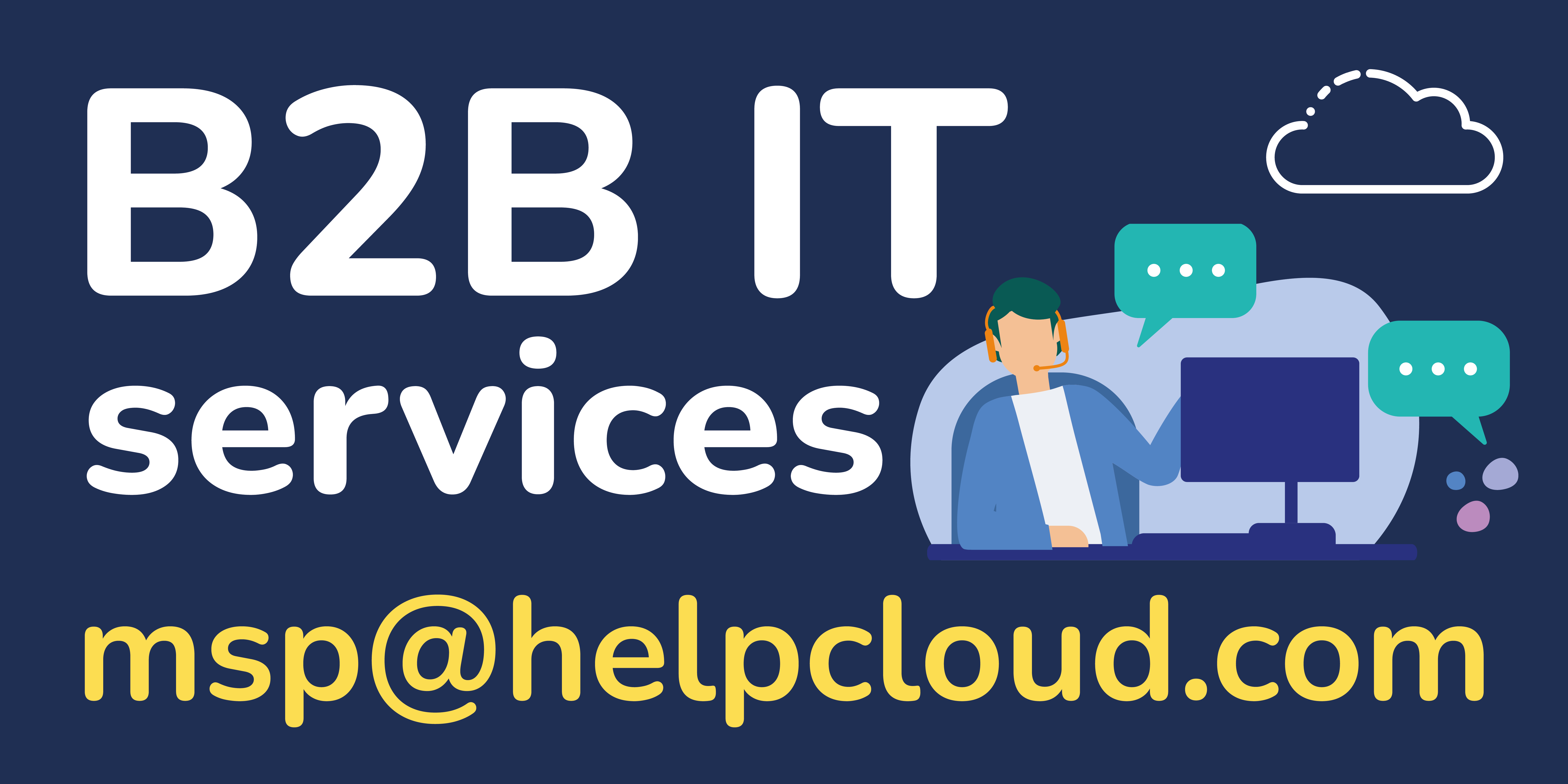Remote work has become more than just a trend – it's a necessity. As companies embrace the flexibility and efficiency that remote work offers, many are turning to Managed Service Providers (MSPs) for their IT needs. Outsourcing to an MSP IT solutions provider can streamline operations, enhance cybersecurity, and ensure smooth workflow, especially in a remote setup. In this blog post, we'll explore the steps to effectively outsource remote work to an MSP IT solutions provider.
Getting Started with the Correct MSP Provider
1. Assess Your Needs
Before diving into outsourcing, it's crucial to assess your company's IT requirements. Identify pain points, areas for improvement, and long-term goals. Are you looking to enhance network security, streamline communication tools, or improve technical support for remote employees? Understanding your needs will help you choose an MSP that aligns with your objectives.

2. Research MSPs
Once you've determined your needs, research MSP IT solutions providers that specialize in remote work support. Look for companies with a proven track record, relevant experience, and positive client testimonials. Consider factors such as service offerings, pricing models, scalability, and responsiveness to inquiries. Narrow down your options to a select few that meet your criteria.
3. Conduct Interviews
Schedule meetings or calls with the shortlisted MSPs to discuss your requirements in detail. Use this opportunity to ask questions about their services, expertise, security protocols, and communication channels. Pay attention to how well they understand your business needs and whether they offer customized solutions tailored to your organization.
4. Review Contracts Carefully
Before signing any contracts, thoroughly review the terms and conditions outlined by the MSP. Ensure that the agreement includes service level agreements (SLAs), confidentiality clauses, data protection measures, and termination policies. Clarify any doubts or concerns with the MSP before finalizing the contract to avoid misunderstandings later on.
5. Establish Clear Communication Channels
Effective communication is essential for successful collaboration with an MSP IT solutions provider. Establish clear channels for communication, such as email, phone calls, video conferences, or project management tools. Define points of contact on both sides and establish regular check-ins to review progress, address concerns, and provide feedback.
6. Implement Security Measures
With remote work comes increased cybersecurity risks, making data protection a top priority. Work closely with your chosen MSP to implement robust security measures, including firewalls, antivirus software, encryption protocols, and employee training on cybersecurity best practices. Regularly review and update security protocols to adapt to evolving threats.
7. Monitor Performance
Once you've onboarded the MSP, monitor their performance closely to ensure they meet your expectations. Track key performance indicators (KPIs) related to uptime, response times, resolution rates, and customer satisfaction. Provide feedback regularly and address any issues promptly to maintain a productive partnership.

8. Foster a Collaborative Relationship
View your MSP IT solutions provider as an extension of your team rather than an external entity. Foster a collaborative relationship built on trust, transparency, and mutual respect. Keep lines of communication open, involve them in strategic discussions, and leverage their expertise to drive innovation and business growth.
Remote Work Infrastructure Setup
An IT provider assists in setting up the necessary infrastructure for remote work, ensuring seamless connectivity and accessibility for employees. This includes:
- Virtual Private Network (VPN): Implementing a VPN allows employees to securely access company resources and data from remote locations.
- Cloud Solutions: Leveraging cloud-based services such as file storage, collaboration platforms, and software applications enables remote access to essential tools and documents.
- Remote Desktop Services: Setting up remote desktop solutions allows employees to access their work desktops from any location, maintaining productivity and consistency.
Communication and Collaboration Tools
Effective communication is vital for remote teams to collaborate efficiently. An IT provider helps select and implement communication tools tailored to the organization's needs, such as:
- Video Conferencing: Platforms like Zoom, Microsoft Teams, or Google Meet facilitate virtual meetings, conferences, and team collaborations, fostering real-time communication and collaboration.
- Instant Messaging: Utilizing messaging apps like Slack or Microsoft Teams enables quick and informal communication among team members, enhancing productivity and teamwork.
- Project Management Software: Implementing project management tools like Trello, Asana, or Jira helps organize tasks, track progress, and facilitate collaboration among remote teams.
Technical Support and Troubleshooting
Remote employees may encounter technical issues that require prompt resolution to minimize disruptions. An IT provider offers technical support services, including:
- Help Desk Support: Providing remote assistance through a help desk allows employees to troubleshoot issues, resolve software glitches, and address IT-related inquiries efficiently.
- Remote Monitoring and Management (RMM): Utilizing RMM tools enables proactive monitoring of systems, detecting and resolving potential issues before they escalate, ensuring optimal performance and uptime.
- Security Patch Management: Regularly applying security patches and updates to software and systems helps mitigate vulnerabilities and enhance cybersecurity posture, safeguarding remote work environments.
Cybersecurity Measures
Securing remote work environments is paramount to protect sensitive data and mitigate cyber threats. An IT provider implements cybersecurity measures such as:
- Firewalls and Intrusion Detection Systems (IDS): Deploying firewalls and IDS helps monitor network traffic, detect suspicious activity, and prevent unauthorized access to company networks and data.
- Endpoint Security: Installing endpoint protection software, antivirus programs, and encryption tools on remote devices safeguards against malware, phishing attacks, and data breaches.
- Employee Training: Conducting cybersecurity awareness training educates remote employees about potential threats, best practices for data protection, and how to recognize and respond to security incidents effectively.
Getting Things Started
Outsourcing remote work to an MSP IT solutions provider can empower your organization to thrive in today's digital landscape. By following these steps and fostering a strong partnership, you can harness the full potential of remote work while maximizing efficiency, security, and scalability.
Remember, successful outsourcing is not just about finding the right provider – it's about nurturing a collaborative relationship that delivers long-term value to your business. So, take the time to choose wisely and invest in building a partnership that sets your organization up for success in the remote work era.

